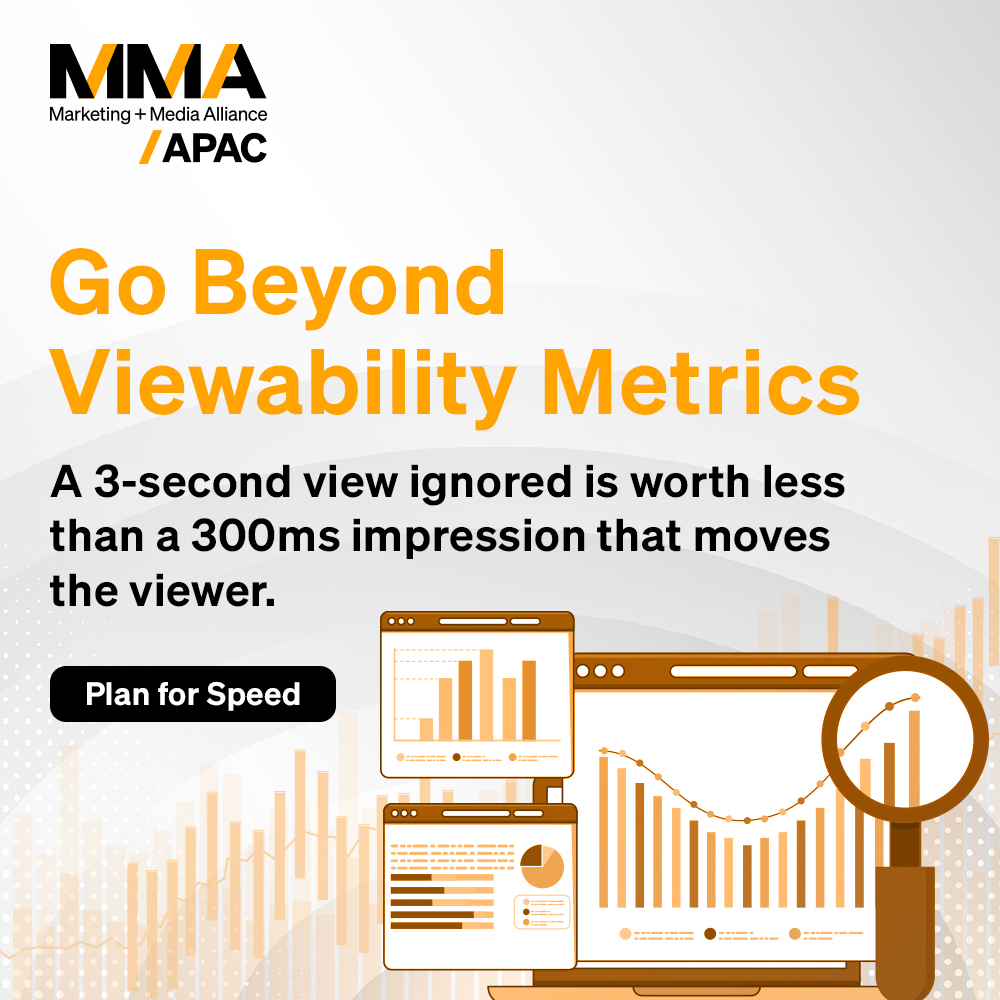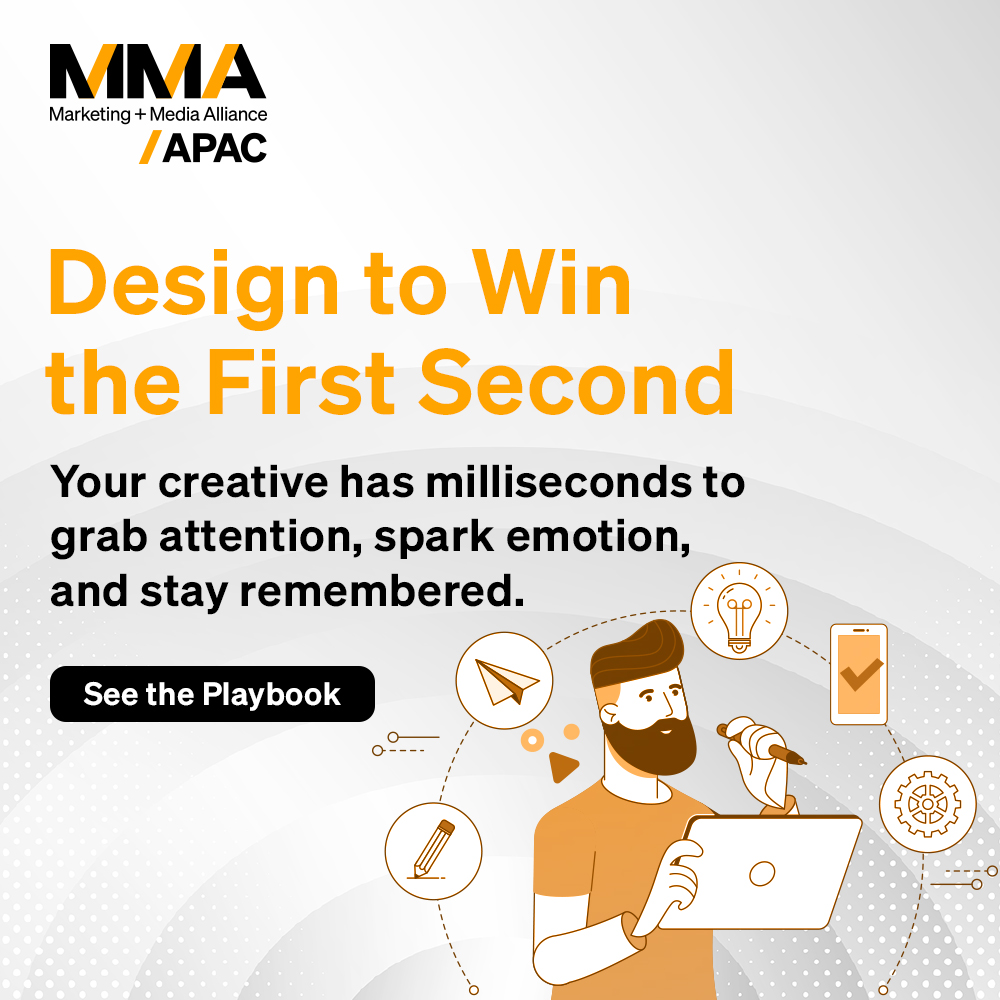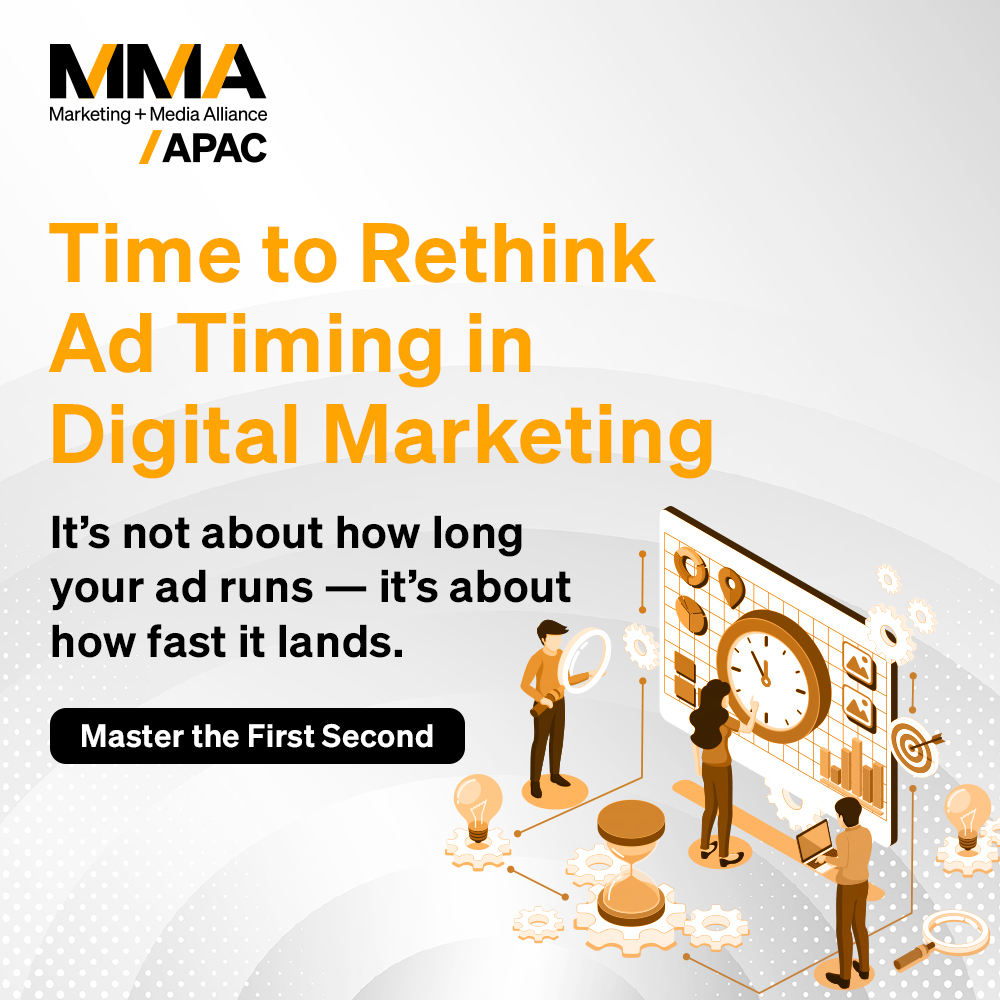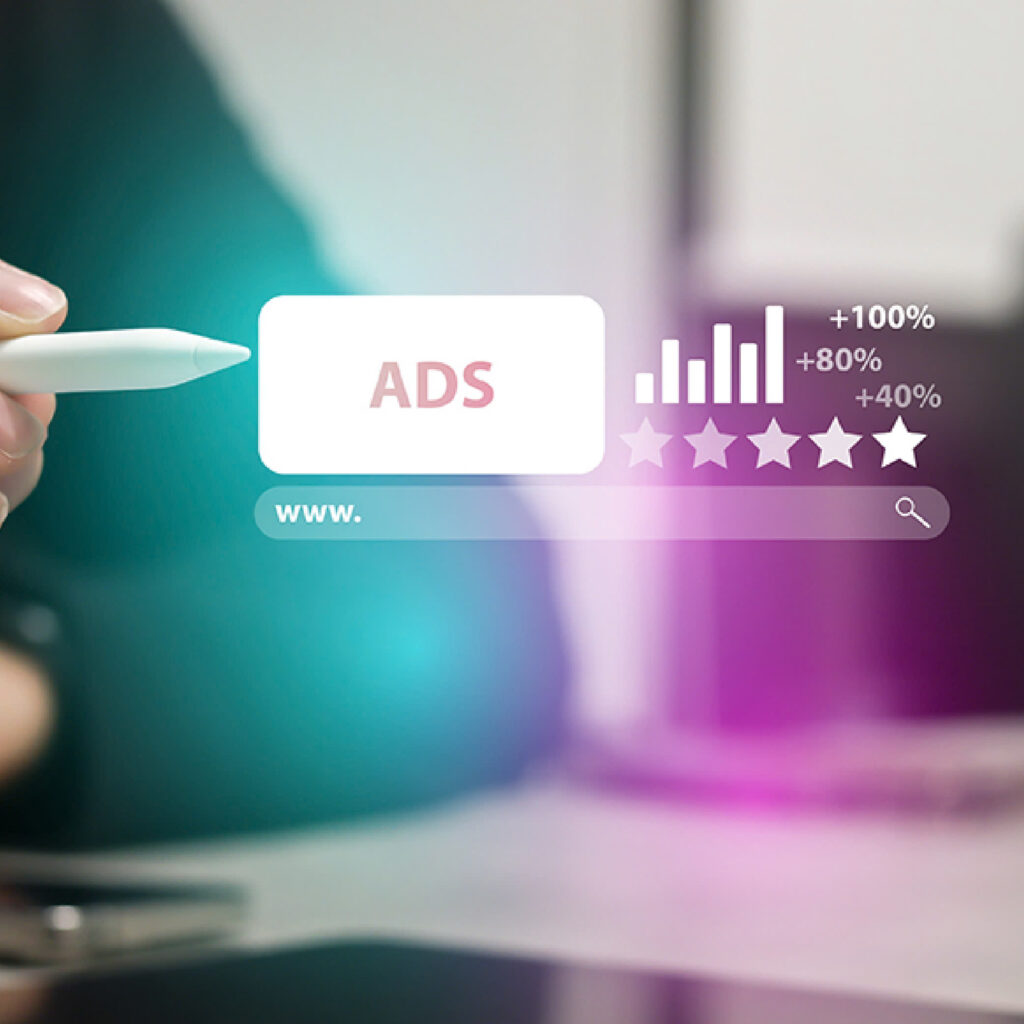Rethinking Audience Strategy: The Power of the Movable Middle
While most strategies default to the extremes of acquisition or loyalty, a significant growth opportunity lies in between. The Movable Middle represents a high-potential segment of consumers with a 20–80% probability of purchasing a brand. They’re not guaranteed loyalists, but neither are they disengaged. Crucially, they’re responsive to well-timed, well-targeted campaigns.
The Outcome-Based Marketing 2.0 (OBM2) framework, developed by MMA Global and Neustar, was created to help marketers unlock this segment’s potential. While previous articles introduced the concept and its value, this piece takes it further, showing how to turn that theory into a scalable, always-on capability across media and measurement.
To demonstrate its cross-category relevance, OBM2 tested the Movable Middle in product segments ranging from detergent to nutrition bars. In one example from the nutrition bar category, brands that targeted this segment through tailored messaging saw notable lifts in ROAS and customer engagement, proving that the framework isn’t limited to one industry or use case.
Identifying the Movable Middle: A Data-Driven Approach
If you’ve already adopted OBM2 principles, you’re familiar with the core segmentation logic, and the next phase focuses on refinement. To isolate Movable Middle, marketers need probabilistic models that go beyond static demographics. That includes blending first- and third-party data to identify users whose behavior signals interest, but not certainty, in conversion.
In our previous approach to customer expansion, we had introduced Neustar’s ElementOne framework, which is one of the most robust tools to support this. It combines purchase likelihood models with media behavior insights to help pinpoint consumers in the 20–80% band. But newer integrations, such as CDPs connected with Meta’s Conversion API, can now bring dynamic segmentation to life in near-real time, allowing Movable Middle audiences to be updated continually as user behavior evolves.
Activating the Movable Middle: Strategies for Engagement
Once you’ve identified your Movable Middle, the next challenge is operationalizing it across the funnel: ad creative, channels, and incentives.
- Personalized Messaging: Move beyond segmentation-based copy and use behavioral signals. For example, browsing recency, interaction depth to inform the offer and tone.
- Dynamic Creative Optimization (DCO): Platforms like Google’s Performance Max and The Trade Desk’s Solimar use machine learning to serve the most resonant creative asset based on real-time feedback loops.
- Cross-Channel Orchestration: CRM platforms like Braze and MoEngage can sync messaging across paid, owned, and earned channels, ensuring that users don’t drop off mid-funnel.
- Contextual Incentive Triggers: Instead of broad-based discounting, brands are testing contextual prompts. For example, a loyalty preview for users who visited a product twice in 48 hours, or free shipping unlocked after reaching a certain cart threshold.
By layering these tactics, brands can create agile campaigns that meet Movable Middle consumers with the right message at exactly the right stage.
Measuring Success: Moving Beyond Legacy Metrics
The success of Movable Middle targeting isn’t fully captured by aggregate ROI or top-line lift. Marketers need to adopt more granular, segment-specific KPIs:
- ROAS by audience segment: Measuring Movable Middle ROAS against loyalist and cold audiences uncovers relative efficiencies.
- Incremental Revenue Contribution: Attribution modeling that isolates revenue coming specifically from Movable Middle conversions.
- Shift in Purchase Probability: Using pre and post-campaign scoring to assess how many users moved from, say, 40% to 60% likelihood to buy.
- Lifetime Value Uplift: CLV comparisons between Movable Middle-converted users vs. those acquired through standard reach-based plans.
Many OBM2-aligned brands now benchmark success not just in terms of scale, but in terms of shift, i.e., how much closer they’ve moved a consumer toward brand affinity and repeat purchase.
Organizational Alignment: Embedding the Strategy
Scaling the Movable Middle approach requires internal alignment. The MMA MOSTT think tank emphasizes the importance of breaking down silos between marketing, data, and media teams. For OBM2 to succeed as a repeatable system, these stakeholders must agree on how audiences are defined, how creative is tailored, and how success is measured.
For instance, teams must decide whether audience updates will be weekly or live, how creative assets will be tagged and versioned, and how CRM and media budgets will coordinate on nurturing vs. conversion.
When these foundational decisions are made cross-functionally, OBM2 becomes not just a media tactic but a business strategy.
Turning Framework into Capability
Understanding the Movable Middle is no longer enough. To extract full value from this segment, marketers must operationalize across tools, teams, and tactics.
Done right, this approach improves ROAS, reduces CAC, and fosters long-term loyalty. But perhaps most importantly, it gives brands a repeatable, data-driven growth engine in an era where budgets are tight and attention is scattered.
For a comprehensive breakdown of the OBM2 methodology, explore the full MMA Global + Neustar report: https://marketingtnt.org/obm2-presentation-deck-and-implementation-guide/




















